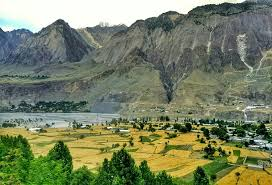Trading happens through brokers or online platforms. These platforms connect traders to the market, allowing them to buy and sell with just a few clicks.
Here’s the basic process:
-
Open a trading account with a broker.
-
Deposit funds into your account.
-
Analyze the market using charts and news.
-
Place your trade (buy or sell).
-
Monitor your position and close it when you’re satisfied with your profit or loss.
🧠 Trading vs. Investing
| Aspect | Trading | Investing |
|---|---|---|
| Time Frame | Short-term | Long-term |
| Goal | Quick profits | Wealth building |
| Risk | Higher | Moderate |
| Analysis | Technical | Fundamental |
Both can be profitable — it just depends on your personality and financial goals.
⚠️ The Risk Factor
Trading isn’t free money. Markets are unpredictable, and you can lose money just as easily as you make it. Successful traders always:
-
Manage risk using stop-loss orders.
-
Avoid emotional decisions.
-
Keep learning and improving their strategy.
🧭 How to Get Started in Trading
-
Learn the Basics – Understand how markets work.
-
Choose Your Market – Pick one (like forex or crypto) to focus on first.
-
Open a Demo Account – Practice with virtual money.
-
Create a Strategy – Define your entry and exit rules.
-
Start Small – Never risk more than you can afford to lose.
🚀 Final Thoughts
Trading can be exciting and rewarding, but it requires patience, discipline, and continuous learning. Don’t rush into it — take time to study the market, test your strategies, and manage your risks wisely.





















